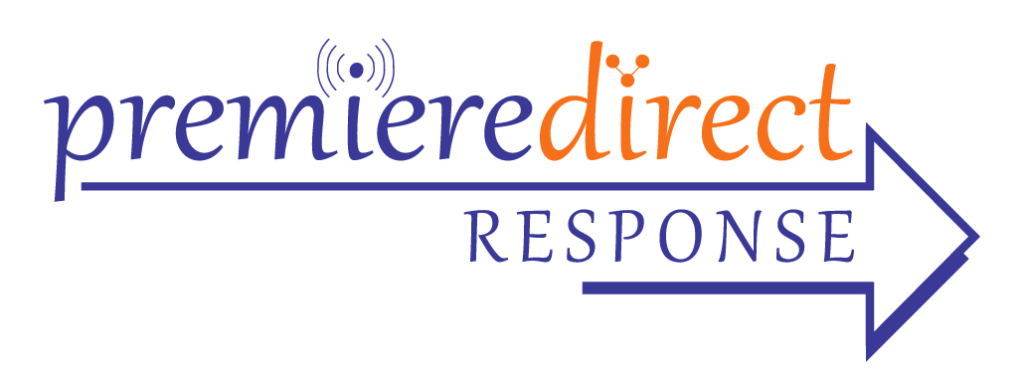Much of that listening comes on the U.K.’s Radioplayer skill, which bills itself as “UK radio programming all in one place” and includes streams from both the BBC and commercial radio broadcasters. Using the Radioplayer skill, which is Alexa’s version of an app, UK listeners can access their favorite stations’ live streams, as well as on-demand programming and podcasts.
In general, audio is a top activity on Alexa in the U.K., with users applauding the ability to access their favorite content with voice commands, the report notes. “Listening to radio or on-demand music services is the most widely reported use of Echo with the frictionless experience leading to increased listening for both live radio and on-demand music services,” it says.
Meanwhile, in the U.S., Pandora may be the biggest audio draw on the Echo, according to the digital music service’s chief executive. Speaking at a music conference in New York, Pandora CEO Tim Westergren said that Pandora accounts for 40% of all listening on Amazon’s speakers, surpassing even Amazon’s own Amazon Prime Music service. While Westergren did not provide the source for his data, the claim jibes with a Music Watch survey from earlier this year that cites Pandora as the most listened-to service among Echo users. Out of the box, Amazon Echo features Amazon Prime Music as the default music player, but users can access other streaming services, including Pandora and Spotify, as well as online radio services iHeartRadio and TuneIn.
With the popularity of smart speakers booming—eMarketer says than 35 million people in the U.S. are expected to use a voice-activated speaker at least once per month—U.S. radio broadcasters are dedicating significant resources to developing custom integrations for Amazon’s Echo and other devices, including Google Home. U.S. owners can access live radio streams through TuneIn or iHeartRadio but many radio broadcasters are developing their own skills that feature live streams, digital subchannels, time-shifted programming, special reports, news, traffic and weather, and podcasts. These skills can also tie in station contests and promotions and provide an additional platform for advertisers. (Unlike the U.K.’s Radioplayer partnership, there isn’t one digital audio service that is controlled by all U.S. broadcasters and serves as an aggregator for all radio stations and their content.)
Smart Speaker Demand Keeps Climbing
On both sides of the pond, demand for voice-activated speakers is growing quickly. In the U.S., Gartner research recently said three-quarters of American homes will own a smart speaker by 2020. In the U.K., Radioplayer research suggests that 40% of homes will have a voice-controlled speaker by 2018. And the space keeps getting more competitive. Just this week, Apple unveiled its answer to the Echo with its much-anticipated HomePod speaker, which comes equipped with its voice assistant Siri and a high-powered speaker.
The Radioplayer study reveals a trove of demographic and behavioral information about this emerging platform. Among U.K. Echo owners, the Radioplayer study found that users tended to be younger and skewed male. Nearly 90% of current owners say they either like or love their device and 80% plan to install Alexa in their cars when that technology becomes available. Amazon has deals to put Alexa voice technology in vehicles made by several major automakers, including Volkswagen and BMW. In the home, the Echos are most likely to be in common areas, with 58% of owners saying their device is in the living room, followed by kitchens (17%) and dining rooms (14%), while another 14% said they were in their bedrooms. These Echo users are typically interacting with their devices several times a day, with 50% saying they use it multiple times per day and another 17% admitting to “constantly” using the device.
Among possible uses for the Echo, U.K. owners said that radio was the second most-popular activity during morning from 6am-9am with 63% of U.K. Echo users saying they ask Alexa to play the radio. Only weather reports were more popular, with 72% of users saying that was their top Alexa request. In the evenings, radio was the No. 3 activity, with a 54% share, and trailed only two query-based functions, “search for answers about a question” and “search for information about a song.”
“People’s reasons for using Echo, and the specific functions they access, vary across the day to reflect the user’s needs,” the report says. “Radio consistently [rates well] across both dayparts.”
Within the audio entertainment category, radio emerged as the dominant force, with 77% of respondents saying radio was their most-accessed audio entertainment, followed by Amazon Prime Music (60%), Spotify Premium (50%) and podcasts (42%).
Like its radio counterparts in the U.S., Radioplayer asserts that smart speakers are expanding the audience for radio by creating new listening opportunities. In fact, its study says, 71% of Echo users say they listen to more radio and 73% say they listen to more streaming audio services. According to the U.K. report, Echo users are listening to 3 million hours of live radio every week through the device, which represents about three-quarters of all Echo audio sessions.
“Echo’s hands-free control and audio-only output makes it the perfect device to use when engaged in other activities and audio entertainment is the perfect accompaniment to multi-tasking,” the report says.
These engaged Echo listeners are creating new opportunities for radio advertisers as well. The study notes that more than 50% of daily Echo users recall hearing advertising via the device. Voice technology is allowing brands to interact more with these consumers, such as allowing users to ask Alexa for more information about a product, order samples, place orders and even get event listings for concerts, festivals and sporting events. To help users identify a brand’s messaging, Radioplayer suggests that marketers use consistent audio branding, including music, sound construction and voiceovers, to help listeners identify the messaging. Such reliability may determine a campaign’s effectiveness, the report suggests.
“Distinctive audio branding used across advertising, search, brand skills (as well as other audio touchpoints), may come to define successful businesses as audio-driven technology prospers.”

